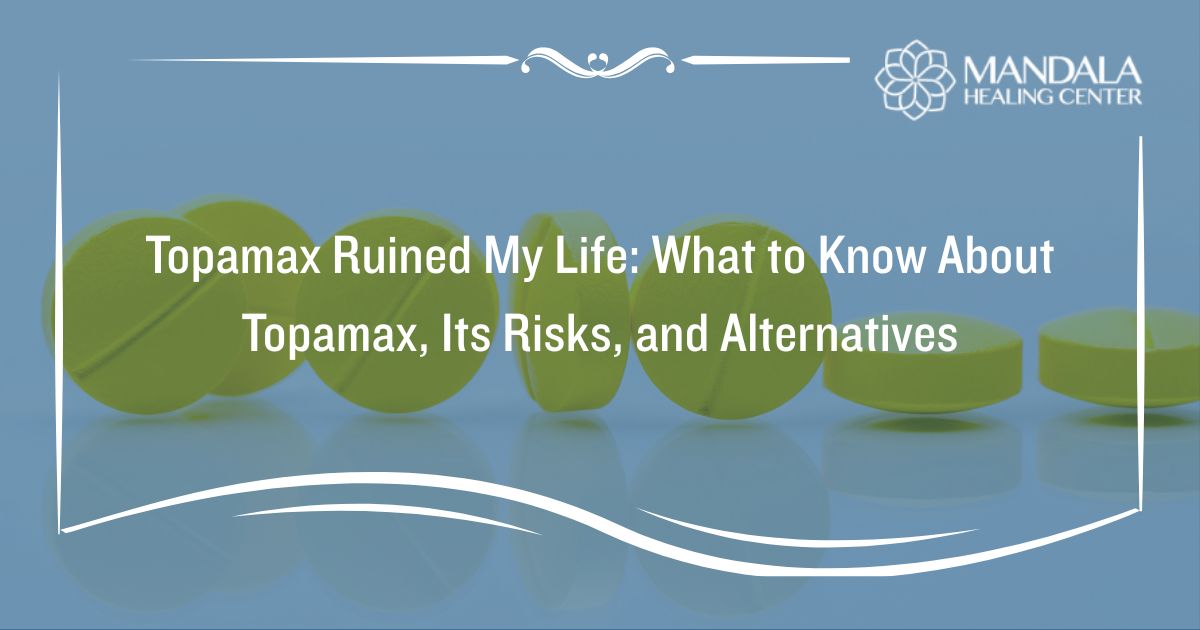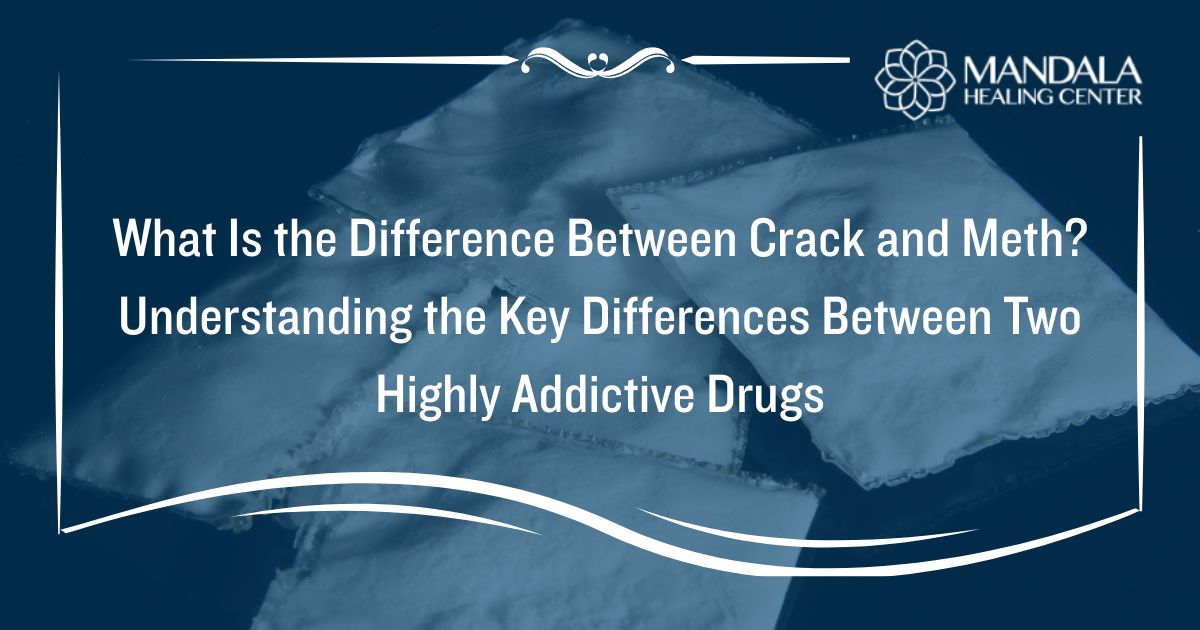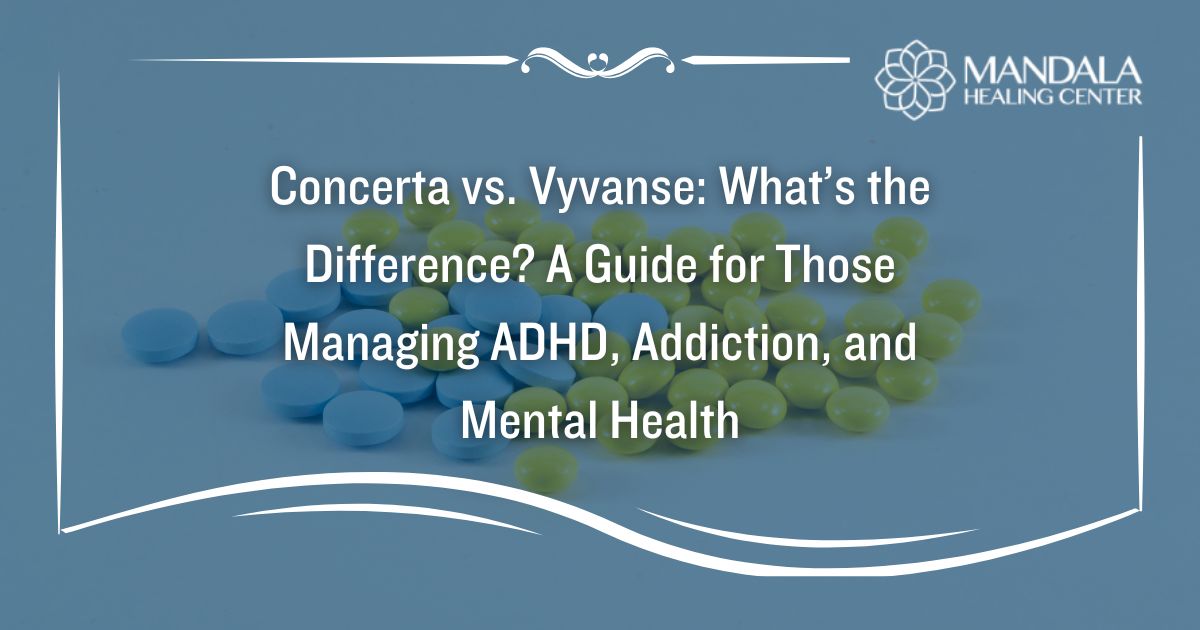Addiction is a chronic and progressive condition that is caused by a wide range of factors. While many people develop substance abuse issues because of genetics and environmental factors, some individuals begin abusing drugs due to untreated mental health issues. This is known as self-medicating.
One mental health issue that leads to substance abuse is body dysmorphic disorder (BDD). This condition causes people to be unable to stop thinking about perceived flaws in their appearance. Some common areas of concern for people with BDD include body fat, acne, wrinkles, thinning of hair, or having body hair.
While the person views parts of their body as flawed, they are usually delusions that the individual has developed because of issues like bullying, criticism, or low self-esteem. The feelings of guilt, shame, and self-hatred that body dysmorphia causes can lead to the development of an addiction.
What Causes Body Dysmorphia?
People who have BDD may be upset about their appearance and view parts of their body as unattractive, even if they aren’t. As a result, their ability to function in their daily lives can become impacted, as the emotions attached to this disorder can become difficult to cope with. But what causes body dysmorphia?
According to research, “Body dysmorphic disorder affects about 1 in 50 people. In the United States, an estimated 5 million to 10 million people have this condition.”[1]
The causes of BDD include:
- Bullying or teasing
- Abuse
- Child neglect
- Family history of BDD or obsessive-compulsive disorder
- Low self-esteem
- Critical parents
- Experiencing trauma
- Societal pressures
- Personality type
- Abnormal levels of brain chemicals
People with this condition often have a difficult time with low self-esteem. This can lead to self-harming, suicidal thoughts, and substance abuse. Because of this, individuals with BDD need to seek professional help to avoid self-medicating with substances or developing other harmful coping mechanisms.
What are the Symptoms of Body Dysmorphia?
This condition affects men and women equally and usually begins in adolescence. As body dysmorphia progresses, the development of multiple body-focused repetitive behaviors or mental acts is common. This makes BDD similar to OCD in some fashion.
Common signs and symptoms of body dysmorphic disorder include:
- Hair pulling, skin picking, or scratching and carving
- Excessive grooming
- Mirror checking
- Seeking reassurance about personal appearance
- Nail or cheek biting
- Avoiding mirrors
- Constantly comparing oneself to others
- Expressing hatred, disgust, or dissatisfaction with one’s appearance
- Spending excessive amounts of money on cosmetic surgeries, makeup products, or grooming products
- Believing a perceived flaw makes the individual unattractive to others
- Believing others are mocking or ignoring them due to their appearance
- Making frequent changes to one’s style or appearance in an attempt to improve their look
- Working out to excess or taking health risks to improve one’s appearance
- Avoiding certain social situations like going to the beach due to one’s appearance
Many people with this condition wear clothes to hide their appearance. For example, someone who believes they are overweight due to BDD may wear unnecessary baggy clothes or long sleeves to hide their perceived body fat. Additionally, people may avoid social situations out of anxiety, shame, or embarrassment.
Some days may be worse than others for someone with this condition. People have reported feeling like they look better or worse when they look in the mirror depending on the day. This can make it difficult for an individual to function in their daily lives.
How are Body Dysmorphia and Addiction Connected?
People with body dysmorphia often turn to drugs or alcohol to alleviate feelings of anxiety and depression that stem from their low self-esteem. Sometimes, the individual may abuse more than one type of substance to alleviate different uncomfortable feelings. For example, someone may abuse benzodiazepines to alleviate anxiety and abuse stimulants to soothe depression.
Additionally, the problematic dieting that is common among people with body dysmorphic disorder may lead to drug abuse. Someone may abuse prescription stimulants, cocaine, methamphetamine, or any drug that suppresses appetite and causes weight loss as an attempt to feel better about their body weight. This can also lead to the development of an eating disorder.
According to a study from the National Library of Medicine, out of the people with body dysmorphic disorder who participated in the study, 48.9% of them had a lifetime prevalence of a substance use disorder.[2] This means that the co-occurrence of BDD and addiction is extremely common.
Treating Addiction and Body Dysmorphia
Treatment for body dysmorphia and addiction must be completed in a dual diagnosis treatment program, where individuals can receive help for both conditions simultaneously. Successful treatment often involves a combination of medications, behavioral therapy, and peer support groups.
Treatment usually includes the following services:
- Psychotherapy
- Cognitive-behavioral therapy (CBT)
- Behavioral therapy
- Nutrition counseling
- Medication-assisted treatment (MAT)
- Group therapy
- Family therapy
- 12-step facilitation therapy
People who attend a dual diagnosis treatment program for BDD and addiction can make a full recovery. These individuals should attend an inpatient treatment program where they can fully separate themselves from triggers that exist in their daily lives.
Finding Help for Body Dysmorphia and Addiction
If you or a loved one suffers from constant negative thoughts about their body that leads to the abuse of drugs or alcohol, it’s time to get the help you deserve. These conditions require treatment from a professional dual diagnosis program.
Thankfully, programs like Mandala Healing Center can provide you with the help you need to recover from BDD and substance use disorder. Contact us today for more information on our dual diagnosis treatment center in West Palm Beach, FL.
References:












